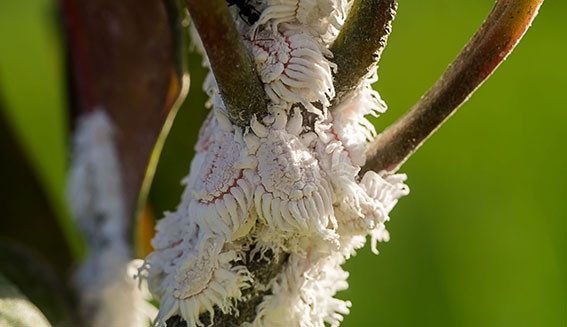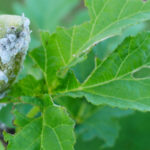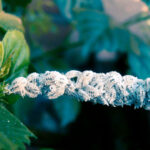Your cart is currently empty!
Damage
Mealybugs damage plants by sucking sap resulting in yellowing leaves, and stunting, and in high populations causing the death of the plants. Also, mealybugs produce sticky honeydew which can cover leaves and secondary injury occurs when black sooty mold grows on top of honeydew or ants feed on honeydew. Among fruit trees, citrus, stone fruits, and pome fruits have the most problems. Mealybugs can build up in grapes, especially the vine mealybug, which attacks root as well as aboveground parts. Some woody ornamental plants and herbaceous perennials including cacti, coral bells, figs, hibiscus, and jasmine can be infested by mealybugs as well.






